I spent a weekend in the woods learning about picture book art and design at a workshop led by educators from the Eric Carle Museum of Picture Book Art and the Highlights Foundation. ![]()
Viewing: Blog Posts Tagged with: Molly Bang, Most Recent at Top [Help]
Results 1 - 7 of 7
Blog: TWO WRITING TEACHERS (Login to Add to MyJacketFlap)
JacketFlap tags: picture book, art, Lindsay Barrett George, Eric Carle Museum of Picture Book Art, Highlights Foundation, Molly Bang, E.B. Lewis, whole book approach, visual thinking strategies, Add a tag
Blog: TWO WRITING TEACHERS (Login to Add to MyJacketFlap)
JacketFlap tags: visual thinking strategies, picture book, art, Lindsay Barrett George, Eric Carle Museum of Picture Book Art, Highlights Foundation, Molly Bang, E.B. Lewis, whole book approach, Add a tag
I spent a weekend in the woods learning about picture book art and design at a workshop led by educators from the Eric Carle Museum of Picture Book Art and the Highlights Foundation. ![]()
Blog: Read Roger - The Horn Book editor's rants and raves (Login to Add to MyJacketFlap)
JacketFlap tags: Featured, Molly Bang, pamela turner, watershed, Lolly's Classroom, the frog scientist, School, Add a tag
 Last month I had an email exchange with Molly Bang who wanted to know whether any teachers were using Pamela Turner’s excellent book The Frog Scientist to explore the herbicide atrazine and watershed issues. Everyone who knows Molly’s recent books is aware that she is concerned about environmental issues. I love that this concern goes well beyond her own books. She emailed me about this particular issue after reading this New Yorker article about Dr. Tyrone Hayes, the subject of The Frog Scientist.
Last month I had an email exchange with Molly Bang who wanted to know whether any teachers were using Pamela Turner’s excellent book The Frog Scientist to explore the herbicide atrazine and watershed issues. Everyone who knows Molly’s recent books is aware that she is concerned about environmental issues. I love that this concern goes well beyond her own books. She emailed me about this particular issue after reading this New Yorker article about Dr. Tyrone Hayes, the subject of The Frog Scientist.
I know a teacher in central Massachusetts who does a watershed unit with a combined 4th-5th grade class, and I’m hoping she will tell us more about that unit in the comments below. Pamela Turner, responding to Molly’s email, said she thought watershed issues might come up in middle school and high school science classes. She also mentioned that some recent blog posts have been critical of Dr. Hayes’s work, adding that Syngenta (the company that makes atrazine) has had to admit that they pay journalists to write pieces that discredit him.
What a mess! So the question is, are any of you tackling this in your classrooms? Do you use The Frog Scientist and/or other trade books?
The post Science units on watershed appeared first on The Horn Book.
Blog: Read Roger - The Horn Book editor's rants and raves (Login to Add to MyJacketFlap)
JacketFlap tags: School, Molly Bang, Picture This, Lolly's Classroom, Mar 6 2014 readings, Add a tag
 Molly Bang‘s Picture This is her personal exploration as she tries to analyze the emotional effects of art. Most illustrators go with their gut as they compose their pictures, but Molly wanted to see if there were some rules involved as well. An experienced illustrator, she says she began to understand art and composition better through this exploration. This book was originally written for adults, but I know of some teachers, mostly in later elementary and middle school, who use the exercises in the second half of this book.
Molly Bang‘s Picture This is her personal exploration as she tries to analyze the emotional effects of art. Most illustrators go with their gut as they compose their pictures, but Molly wanted to see if there were some rules involved as well. An experienced illustrator, she says she began to understand art and composition better through this exploration. This book was originally written for adults, but I know of some teachers, mostly in later elementary and middle school, who use the exercises in the second half of this book.
Did Molly’s explorations resonate for you? Help you understand pictures and illustration?
The post Picture This appeared first on The Horn Book.
Blog: got story countdown (Login to Add to MyJacketFlap)
JacketFlap tags: Mo Willems, Roxie Munro, Scott Magoon, Molly Bang, Gene Barretta, Jon Klassen, Gabi Swiatkowska, Kate Hosford, A Countdown Quickie, Andrea Menotti, Irma Black Award, "Big Mean Mike" Michelle Knudsen, "Busy Builders", "Goldilocks and the Three Dinosaurs", "How Many Jelly Beans?" Yancey Labat, "Infinity and Me", "Ocean Sunlight", "The Duckling Gets a Cookie!?", "This is Not My Hat", "Timeless Thomas", Bank Street School award sponsors, children's award selections, Cook Prize winners, Penny Chishold, STEM picture book awards, Add a tag
The kids have spoken!
The Irma Black Award, given by The Bank Street School, is unusual in that children are the final judges of the winning book. This year’s award went to Big Mean Mike, written by Michelle Knudsen and illustrated by Scott Magoon. More than 7,500 first and second graders around the world voted Big Mean Mike as their clear favorite.

There were three other Irma Black honor books, also chosen by kids themselves:

The Cook Prize medal, designed by Brian Floca
Children also choose The Cook Prize winners, sponsored by The Bank Street School: The best science, technology, engineering and math (STEM) picture books published for children aged eight to ten. This year’s winner is:
The honor winners are:
Congratulations to all the winners!
Blog: A Patchwork of Books (Login to Add to MyJacketFlap)
JacketFlap tags: Molly Bang, Earth Week, Penny Chisholm, Add a tag
Molly Bang always does a wondeful job on her books, both in authoring and illustrating and this title is no exception. Joined by author Penny Chisholm, the book Living Sunlight: How Plants Bring the Earth to Life has been born...and beautifully so. Perfect for my Earth Week series! Our young readers are going to love looking at the beautiful illustrations, while learning about the seemingly complex subject of photosynthesis and how necessary plants are for survival on Earth. The Sun narrates the story of how light gives us plants, plants give us oxygen, and how we need to care for those plants and the Earth in order to allow the process to continue successfully. Without those plants, we would have no oxygen to breathe.
Our young readers are going to love looking at the beautiful illustrations, while learning about the seemingly complex subject of photosynthesis and how necessary plants are for survival on Earth. The Sun narrates the story of how light gives us plants, plants give us oxygen, and how we need to care for those plants and the Earth in order to allow the process to continue successfully. Without those plants, we would have no oxygen to breathe.
There are four pages of more factual notes at the end of the story, to really hit the idea home. Though photosynthesis typically is deemed a "boring" topic or one reserved only for school, Living Sunlight was a delight to read and will definitely be enjoyed by kids.
Great for library shelves, an Earth Day/Arbor Day display, or for kids that just loooove nature and learning.
To learn more or to purchase click on the book cover above to link to Amazon.
Living Sunlight: How Plants Bring the Earth to Life
Molly Bang & Penny Chisholm
40 pages
Non-Fiction
Blue Sky Press
9780545044226
February 2009
Blog: Cheryl Rainfield: Avid Reader, Teen Fiction Writer, and Book-a-holic. Focus on Children & Teen Books (Login to Add to MyJacketFlap)
JacketFlap tags: Uncategorized, picture book review, picture book recommendation, Molly Bang, picture books about i hate you, picture books for dealing with emotions, picture books for dealing with no, Robie H. Harris, The Day Leo Said I Hate You!, Add a tag
Emotions are strong things, and they can be hard for adults to sort out, never mind kids. So tools that we can give kids to manage their emotions and to understand the effects of their actions can be positive things. I think that’s especially true with books that entertain and don’t preach, while gently giving them messages. The Day Leo Said I Hate You! is one of those books.
The Day Leo Said I Hate You!
by Robie H. Harris, illustrated by Molly Bang
Little, Brown, & Co (Sept 2008)
ISBN-10: 0316065803, ISBN-13: 978-0316065801
My rating: 4 out of 5 stars
Today, Leo’s mommy couldn’t stop saying “NO!”
“No rolling tomatoes across the floor!” she said.
“NO dropping string beans in the fishbowl!”
“NO dancing on the table!”
“NO squeezing toothpaste down the toilet!”
“NO yelling MOMMY SALAMI while I’m on the phone!”
“Mommy, no more NO’s! I HATE no!” Leo told her.
“Leo,” she said, “I know you hate no. But there are some things you just should not do.”
–The Day Leo Said I Hate You! by Robie H. Harris, illustrated by Molly Bang, p. 1-7.
Leo’s having a bad day. He keeps finding all sorts of fun things to do, and his mother keeps telling him no, he can’t do them. Leo hears no after no after no, until finally he goes to his room, where he thinks he can’t be told no. But his mother finds him drawing an angry picture of her on his wall, and yells no at him again. Leo bursts out saying he hates her–and then wants to stuff the words back in, but it’s too late to. His mother lets him know that telling someone you hate them can make them feel bad, that it isn’t the same as saying you hate something like broccoli, and that she still loves him. Leo shows his mother that he still loves her, too, by drawing a nice picture of her.
The first thing I noticed about this book was the stand-out illustrations by Molly Bang (When Sophie Gets Angry — Really, Really Angry; Ten, Nine, Eight). Bang captures emotion incredibly well, through body language, use of color, some comic-book styles (red steam rising out of Leo’s head, fire spouting out of his mouth), and exaggeration (such as Leo’s head being huge and red in contrast to a very small body when he’s yelling). The illustrations that she’s drawn have a vividness and power; I really like them. Bang also makes some of the dialogue stand out emotionally, through color, size, and layout.
Some things didn’t work as well for me in the illustrations. I’m not a fan of digital art work, and on some pages the use of a computer is especially noticeable. Many of the objects within the illustrations are from photographs, and at times I found that disconcerting. Sometimes the objects seemed to almost float above where they were supposed to be, because of the lack of shadow, or to pop out of the illustration too much, more than the rest of the illustration, creating a strange unbalanced look (such as the stuffed animals on Leo’s bed). At other times, the cut-out photos blended fairly well into the illustrations, and much better than other digital work I’ve seen.
The backgrounds are mostly one solid color, and while bright, they have that digital, lack-of-paintbrush feeling. Still, their vibrancy often makes Leo and his mother stand out and become the visual focus. Bang’s vibrant use of color makes the book seem alive, and adds to the emotion and the story. I love her choices of color: a lime green shirt and purple pants for Leo, with brightly striped socks, and a striped pink, purple, turquoise, and green shirt for his mom, with blue jeans and fluffy pink slippers that pick up the pink in her shirt. The yellow-green walls often pick up on the lime green of Leo’s shirt and in his socks, which make Leo seem to belong. The walls change color as Leo’s anger increases, from yellow-green to vibrant orange and yellow, then deep purple, and then, when things are okay again, a sunny yellow. The color changes match Leo’s emotions and enhance them. Bang has an eye for color.
Bang also makes Leo’s exploits look fun; I especially enjoyed the tomato he rolled across the floor exploding onto the wall.
Robie Harris’ (It’s So Amazing; Mail Harry to the Moon) text makes the story entertaining. Readers will likely giggle as they hear what Leo’s mom stops him from doing–rolling tomatoes across the floor; squeezing toothpaste down the toilet; dancing on the table. These fun things help bring a lighter tone to the opening of the story. Dialogue helps the story move quickly. And the actions Harris chose reveal Leo’s emotion without telling us that he’s angry–drawing his mother with her mouth turned down and hair sticking up; throwing his crayons on the floor, etc. This works well.
When Leo’s mother explains why no’s are important in an even, reasonable manner, child readers may be able to hear this explanation a little easier, and some parents may learn from example. Leo’s angry response to repeatedly being told no is also understandable, though it’s hard to believe that he wouldn’t know that some of the things he’s doing won’t be allowed, such as drawing on the wall. Yet this fits with children testing boundaries.
I love Leo’s sense of entitlement–that he has a right to not be told “No” in his own bedroom, and that as a result his mother should go to her room and stay there for a hundred days. It’s a kind of child-like thinking mixed with boundary setting. Harris captures this child-thinking beautifully for most of the book.
When Leo is told no, his outburst feels believable, child-like, and real, and many readers will be able to relate. Leo’s yelling that he hates his mother also feels like a child. But from there, the story gets progressively less child-like, and begins to feel slightly teachery to me. It also feels less story-like and entertaining, and though there’s some lightness brought in through the two characters naming things they hate, like smelly cheese, it feels slightly forced.
The ending is happy; Leo finds a way to show his mother he cares, by drawing a beautiful picture of her, and Leo and his mother both feel loved and appreciated again. I felt like I was missing something in the text, though, to bring a bit more of an emotional response, especially in the last few pages. There is so much momentum created through dialogue from the very beginning until this section, and then we’re told what happens instead of hearing the two characters talk it out. This change didn’t quite work for me. However, the last few lines bring a satisfying feeling and a sense of closure.
This is a book that many children will relate to, with all the “no’s” and boundary setting that they receive. It may also help children understand that it’s not okay to say “I hate you” to someone–or to be told that someone hates you. It also reassures children that their parent will still love them.
Recommended.




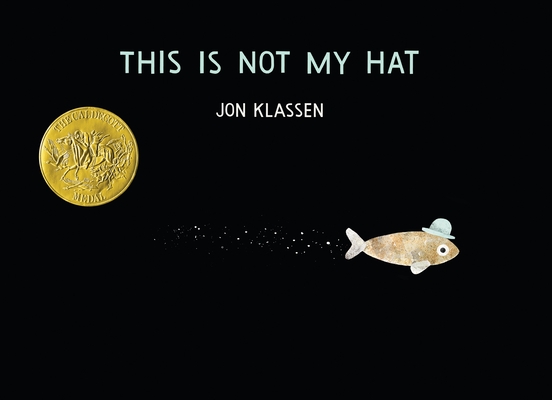
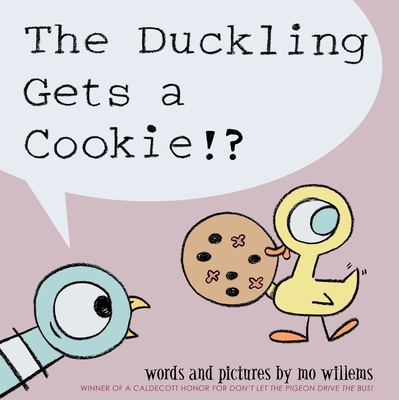
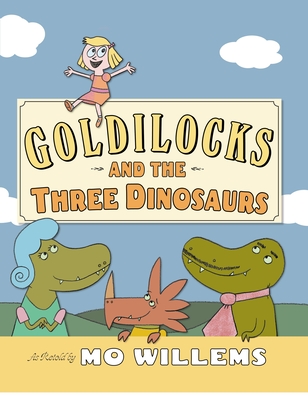

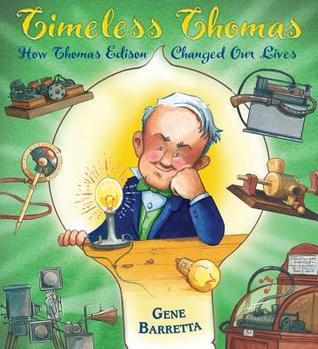

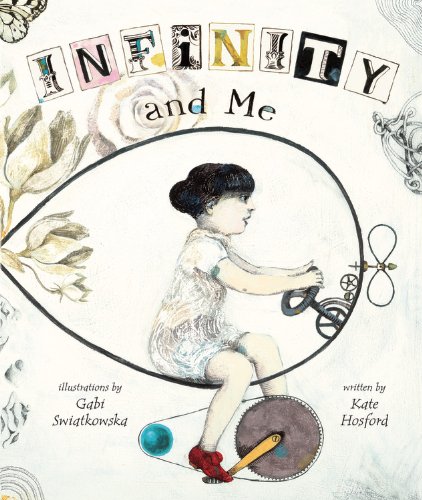


this sounds like a great book for the kiddos! Thanks for the information.